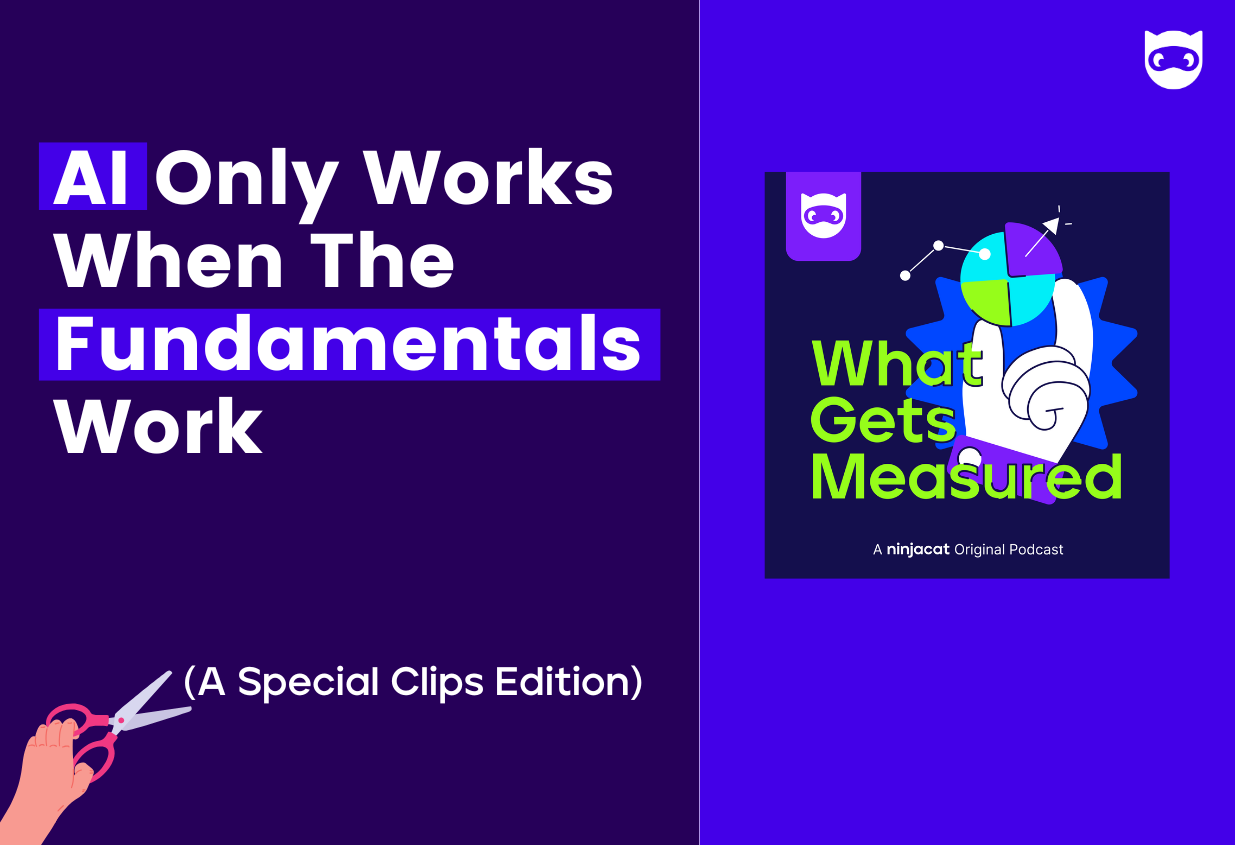Navigating the World of Auto Manufacturer Co-Op Advertising Compliance

If you're in the business of creating campaigns and marketing for auto dealers, chances are you're already familiar with the perks of co-op advertising. These programs can be a game-changer for dealerships and manufacturers alike. But as an ad agency professional, how can you ensure you're maximizing those co-op dollars while keeping everything compliant? That's exactly what we'll explore in today's post.
Auto Manufacturer Co-Op Advertising Programs
First things first, what are co-op advertising programs? Think of them as a joint effort between auto manufacturers and dealers to share the costs and benefits of advertising. Auto manufacturers provide co-op funds to dealers, who then use those funds to promote the brand and its vehicles. It's like a carpool for advertising—everybody pitches in, and everyone gets to their destination together. It's a win-win for both parties, and ad agencies play a vital role in making sure that everyone gets the most bang for their buck.
While there are many types of co-op advertising in the automotive world, percentage-based reimbursement and fixed-dollar reimbursement are two that are most common. The first one is like a "buy one, get one half off" deal—you pay for a portion of the ad, and the manufacturer covers the rest, up to a certain percentage. The second option is like getting a gift card for your birthday—the manufacturer allocates a fixed dollar amount to help cover your advertising expenses. Both options are designed to stretch your marketing dollars while keeping everyone's interests aligned.
How Ad Agencies Use Co-Op Dollars
Now that we've got the basics down, let's explore how ad agencies can help their clients (the dealers) get the most bang for their co-op bucks. First and foremost, ad agencies need to assess the available co-op opportunities, identify eligible expenses and make sure they're maximizing co-op fund utilization. Then they can design campaigns that deliver maximum impact. For more on building best-in-class campaigns for the auto vertical, check out our interview with the Director of Demand Generation at FlexDealer.
But the magic doesn't stop there. Ad agencies also have to manage and track co-op funds meticulously, ensuring that everything is accounted for and used to its fullest potential. Agencies need to keep a watchful eye on the funds, so they don't accidentally overspend or leave money on the table. After all, leaving co-op funds untapped is like owning a convertible but never putting the top down—a missed opportunity for sure!
Compliance File Completion and Delivery
You might think that once the ad campaign is created and running, and you’ve built out your client-facing automotive marketing report template, the hard part is over. But in the world of co-op advertising, there's still one crucial piece of the puzzle: compliance. It's like following the rules of the road—nobody wants to get pulled over for a traffic violation.
Agencies need to compile a compliance file that includes proof of performance, dealer invoice and co-op claim form, creative assets and ad copy, and media schedule and placement documentation. But it’s not always easy. Ad agencies can face several challenges when compiling the compliance file, including:
- Meeting strict guidelines and deadlines: Auto manufacturers often have specific requirements for advertising content, media placement, and documentation. Ad agencies must ensure they stay within these guidelines. Plus, deadlines for submitting compliance files can be tight.
- Obtaining proof of performance: This essential piece of the compliance file puzzle can sometimes be tricky to obtain, especially when working with multiple media outlets or tracking digital campaigns. Ad agencies have to be resourceful, persistent, and tech-savvy to collect the necessary evidence that the campaign was executed as planned.
- Managing complex campaigns: Some co-op advertising campaigns involve multiple dealers, media platforms, and creative assets. Juggling these moving parts can be challenging for ad agencies, as they must ensure that each element adheres to the manufacturer's guidelines and is properly documented for the compliance file.
- Staying up-to-date on program changes: Auto manufacturers may update their co-op advertising programs, guidelines, or reimbursement rates. Ad agencies must keep their finger on the pulse of these changes and adapt accordingly, ensuring their clients continue to benefit from the co-op dollars without any hiccups.
- Communication and collaboration: Coordinating with dealers, media outlets, and the auto manufacturer is essential for a successful co-op campaign. However, effective communication and collaboration can be a challenge, especially when working with multiple stakeholders. Ad agencies have to be skilled in diplomacy and organization to keep everyone on the same page and ensure a smooth ride.
And if that sounds like a lot..well, it is! Luckily, compliance file delivery is an area where an automated reporting platform like NinjaCat can make a big difference and save your agency time. For instance, with NinjaCat, you can auto-populate dealership specifics like addresses, keywords, ad creatives and spend into a single invoice template to send for OEM approval.
Agencies play a vital role in making the most of co-op dollars while maintaining compliance. With expertise, resourcefulness, and adaptability, they can ensure everyone involved enjoys the benefits of this powerful marketing strategy. And the best agencies in the biz are using NinjaCat to help them hit the road to co-op advertising success. Request a demo today to learn more.




.png)
